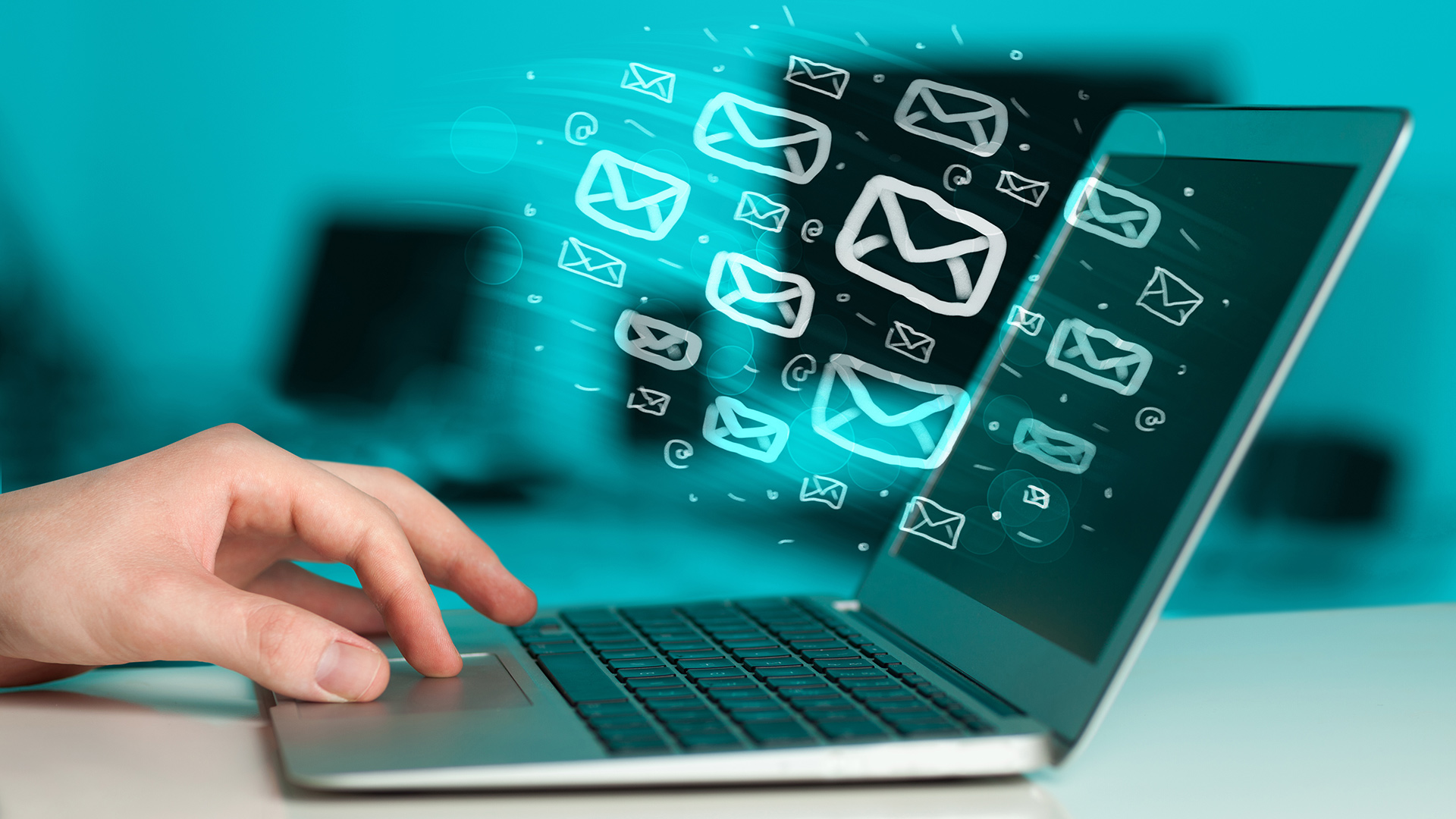Email is a key form of communication for us with coworkers, clients, vendors, etc. Some emails are very wordy, stringing paragraph after paragraph together. Others are too brusque. Some are way too official. Others are entirely too informal. Still others might even put the company in legal danger.
Given how frequently we use email, each message we send should be well-written, serve the desired informational goal, and be collegial. Effective emails save both the reader and the recipient time and effort, which has a long-term effect on the bottom line. They also provide information in a clear and succinct manner.
Employ the following tips to craft an effective email.
THE SUBTITLE LINES MATTER
When I receive an email from someone, I hate it when the subject line is a tease or has nothing to do with the email’s content. When I’m trying to go through my emails for specific content but the subject line doesn’t match that content, this will again add time to my day.
USE BULLET POINTS AND HIGHLIGHT CALL TO ACTION
Bullet points make it much easier for the recipient to read the email quickly and effectively. It also helps the reader identify the main points of the email. If the recipient is expected to do something after receiving the email, highlight the call to action.
DON’T MUDDLE CONTENT
Stick to one content area per email. If you are sending a follow-up email to a colleague after a meeting, then it is unnecessary to add in something about a different client or information about the company picnic, etc. When you muddle content, it makes it much harder for the recipient to find the email in a search because the content they are looking for won’t match the subject line.
KEEP IT SHORT
No one has the time to read a 10-paragraph email, so don’t sent it. If you have 10-paragraphs, or even four-paragraphs, then you’re likely including unrelated content.
BE LEGITIMATE
Always greet the recipient of your email. I frequently write my email first, then add the “I hope you had a lovely vacation” or the “Have a great weekend – enjoy the Fall weather” at the end.
WATCH YOUR TONE
The tone of an email is difficult to assess, but more often than not, the reader will assign a tone, even when one was not intended, so be careful not to craft the email with tone by watching the use of exclamation marks, using inflammatory words, etc.
AVOID TOO MANY EXCLAMATION MARKS AND NO EMOJIS
I find I use too many exclamation marks in my emails, usually to sound excited, but one could also read the exclamation marks as being angry, frustrated, etc. And NEVER use emojis in a work email, to anyone other than a close friend.
AVOID QUOTES THAT COULD BE OFFENSIVE TO OTHERS
More and more you see quotes at the bottom of emails. Some are benign inspirational quotes, such as “Be the best you can be every day,” these are fine; however, avoid quotes with religious meaning, quotes that could be viewed as excluding others, etc. could offend a co-worker, a client, or a vendor, which could result in the loss of productivity and business.
ALWAYS PROOFREAD YOUR EMAILS
Sending out an email with typos, misspelled words, etc., makes you look bad. Take the extra minute to proofread the email.
NEVER SEND AN EMAIL WHEN ANGRY OF FRUSTRATED
If you need to write the email, do so in a word document, where it is impossible to hit the send button by accident.
EMAIL CHAINS
Email chains can be effective, but sometimes it is more effective to pick up the telephone and have a conversation in five minutes versus four hours of back and forth emails. Also, be careful not to change content areas without changing the subject line.
RAMIFICATIONS LEGAL
Keep in mind that if any unlawful conduct takes place or a lawsuit is brought, a warrant may be requested to access your email, your colleague’s email, and even the vendor’s email. Additionally, emails sent and received at your work email address are owned by your company. Therefore, NEVER include anything in an email that, from a legal standpoint, could jeopardise you or the business (or from a professional perspective). Defamatory remarks, harassment, admitting to wrongdoing, accusing someone of a crime or wrongdoing, promising a quid pro quo, and making empty promises are all examples of this (especially when it comes to products).
I sincerely hope you will take the time to adhere to these guidelines because your emails will be more effectively written, clearer to read, and less likely to need further action. Ultimately, this saves you time and enables you to focus on other crucial responsibilities.












